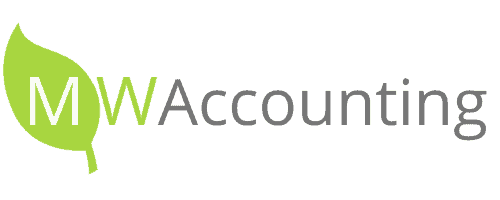Philip Hammond delivered his 2016 Autumn Statement on 23 November 2016 and announced it will be the last of its kind. There will be a Spring Budget in 2017 followed by a second Budget later in the year followed by annual winter Budgets. In addition, the Spring Budget will be replaced by a Spring Statement, starting in 2018
Income tax: Rates and allowances
As expected, the personal allowance is increased to £11,500 and the basic rate band to £45,000 in 2017-18. The Government has confirmed its commitment to increase the allowance to £12,500 and increase the basic rate band to £50,000 by the end of the current parliament.
Income Tax: Partnerships
The Government is to introduce legislation intended to ensure profit allocations to partners are fairly calculated for tax purposes. Draft legislation will be published for consultation.
Income Tax: Property and trading income allowance
As announced in the 2016 Budget, two new income tax allowances of £1,000 each for property and trading income. Individuals with income below the level of the allowances will no longer need to declare or pay tax on that income. The trading income allowance will also apply to certain income from providing services or assets.
National insurance: Thresholds
The employee and employer thresholds will be aligned from April 2017 so that both employee and employer will start paying National Insurance contributions on weekly earnings above £157.
Corporation Tax: Rates
The Government has confirmed its commitment to cut the corporation tax rate to 17% by 2020.
VAT: Changes to the VAT Flat Rate Scheme
HMRC are making a stand against “limited cost” businesses they see as unfairly benefitting from the flat rate scheme. From 1 April 2017 flat rate scheme businesses must determine whether they meet the definition of a limited cost trader. Limited cost traders are defined as those whose VAT inclusive expenditure on goods is either less than 2% of their VAT inclusive turnover in a prescribed accounting period or greater than 2% of their VAT inclusive turnover but less than £1000 per annum if the prescribed accounting period is one year (if it is not one year, the figure is the relevant proportion of £1000).Such traders will be required to apply a flat rate scheme percentage of 16.5%.

0 Comments